Monday - Friday
7:00 - 12:30 | 13:30 - 18:00
Goods collection
Monday - Friday
7:00 - 12:30 | 13:30 - 18:00
Office
Saturday
7:00 - 13:00
Goods collection / Office
Via Ariana n. 12
Artena (Rome)
0695920055
Office
7:00 - 12:30 | 13:30 - 18:00
Goods collection
7:00 - 12:30 | 13:30 - 18:00
Office
7:00 - 13:00
Goods collection / Office
Artena (Rome)
Office
Chestnut is a renowned plant as it is widespread in Italy, both as an isolated tree and as a species characterizing some types of woods present in a phyto-climatic zone that takes its name (Castanetum), extending from the plain to the submontane belt, and affecting about a third of the national territory. In our country there is evidence of its cultivation dating back to the Neolithic period (4000 BC) although large-scale expansion is attributed to the Romans. During the 4th century BC Xenophon defines chestnut as the “bread tree”, for its well-known non-wood products, and as such it assumed a strategic role for centuries in marginal areas in the hilly and low mountain settings.
In Italy there are also several monumental chestnut trees, such as the one of the “hundred horses” in Sicily, under which, according to tradition, Joan of Aragon and her escort found shelter from a storm. These are some examples that highlight the importance of chestnut and the implications related to its different forms of management from a socio-economic, environmental and landscape point of view, throughout the Mediterranean region. The chance of getting wood assortments of various sizes and qualities, destined for multiple uses (traditionally rooted in our culture), also makes chestnut a renewable resource worthy of particular attention and able to meet the current criteria of sustainability, reliability and enhancement of local supply chains.
The light brown color and the evident grain are peculiar aspects that make chestnut wood suitable for numerous applications, in which its aesthetic value is appreciated both in the rustic style and in the contemporary design. On macroscopic observation, it presents a limited portion of sapwood, well marked growth characterized by an early area with typical ring porosity and, unlike oak wood, the absence of parenchymatic rays visible to the naked eye. It has a coarse texture and an astringent odor.

The high presence of tannins gives chestnut wood a great resistance to biological degradation agents, ensuring excellent behavior even when exposed to a humid and / or external environment.
Mushroom durability: class 2 (durable)
Insect durability
Anobides spp. = durable
Termites spp. = moderately durable
Sapwood not resistant to Hesperophanes cinereus.
The excellent natural durability of chestnut wood places it at the top among the national species and makes it comparable with many tropical woods sought for this property, without the need to resort to preservative treatments with toxic or climate-altering substances.
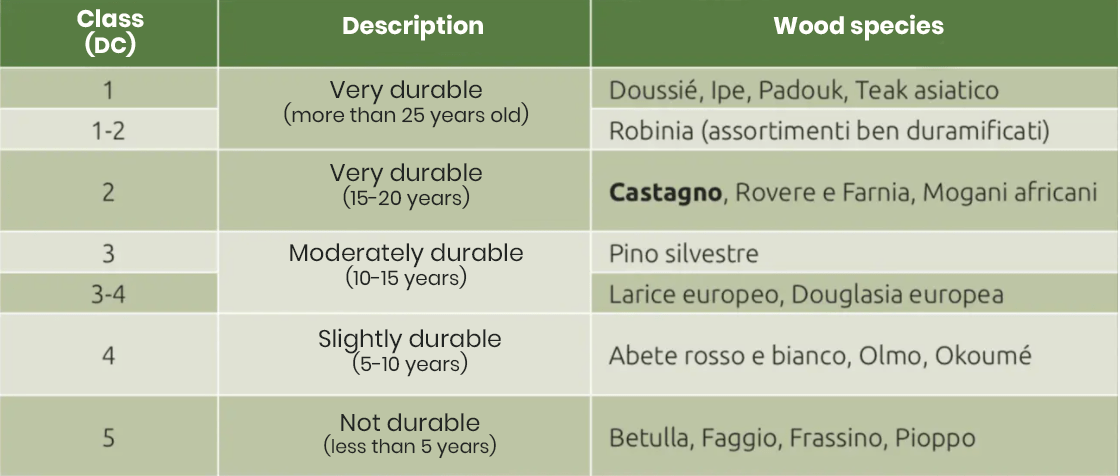
Chestnut is mainly used in the form of solid wood in various types of sawn timber. Wooden material stands out for an excellent ratio between mechanical strength and density, which makes it particularly suitable for structural uses. It also has other favorable properties as it is easy to work with, easy to glue and bolt, it has an aptitude for changes in humidity and temperature.

Historically, chestnut wood is widely used, in Italy and in Europe, in carpentry uses, especially for supporting roofs. This is evidenced by the supporting structures of many works of rural architecture and numerous historic buildings that are often the result of the artisan excellence of the past and involve cultural heritage.
Recent studies on timber of Italian and French origin have allowed a consortium of Italian producers (Conlegno, of which we are part) to achieve the European Technical Assessment (ETA) aimed at the CE marking of the assortment known as “Uso Fiume Chestnut” UFS /C.
To date, chestnut is the only national broadleaf tree for which mechanical strength values of rectangular section timber for structural use, according to the EN 112 standard, are available,.




Timber plank is mainly intended for the production of furniture, outdoor furniture, solid wood panels, elements for windows, interior and exterior coatings and floors.
In some Italian regions, chestnut wood is traditionally used for the production of floors and windows, where it is appreciated for its decorative aspect.
Even today, poles represent an important commercial outlet for chestnut wood, to be used in vineyards and orchards, for tutors in arboriculture and nurseries, for fences and overhead lines.
The widespread diffusion of the species on a national level means that chestnut wood products are generally made and used in the context of local and short supply chains, with multiple positive effects on the territory. Recently, awareness of the carbon dioxide storage function performed by wood-based products during their useful life has increased.
The guarantee of sustainability of the wood resource can make use of specific certifications relating to forest management and product traceability, according to the applicable FSC and PEFC schemes.
At present, in Italy, these types of forest certifications are starting to spread also concerning chestnut woods and companies in the field.
EU Reg. No. 955/2010 (EUTR) has been in force for some years now, to oppose the introduction of illegal timber and derivatives into the European market. The use of local wood resources, such as chestnut, promotes an easier fulfillment of the legal requirements and related controls along the supply chain.









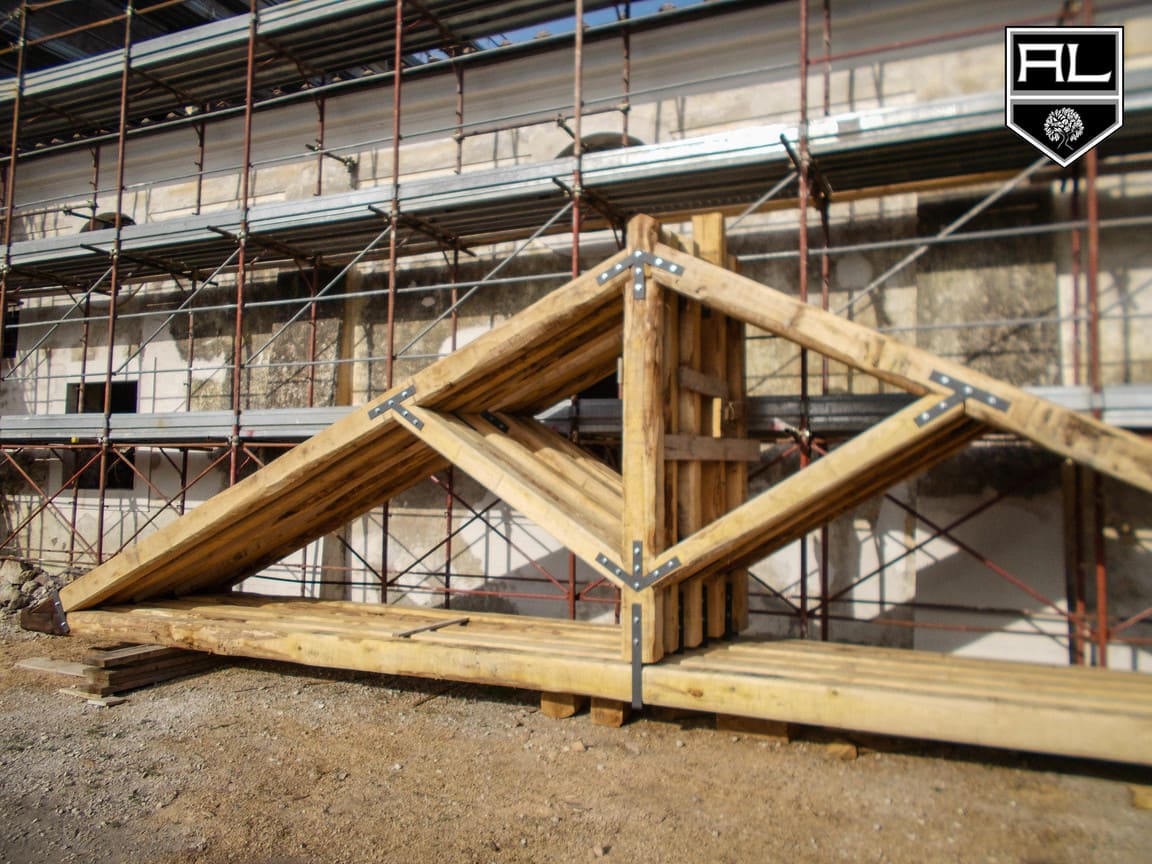







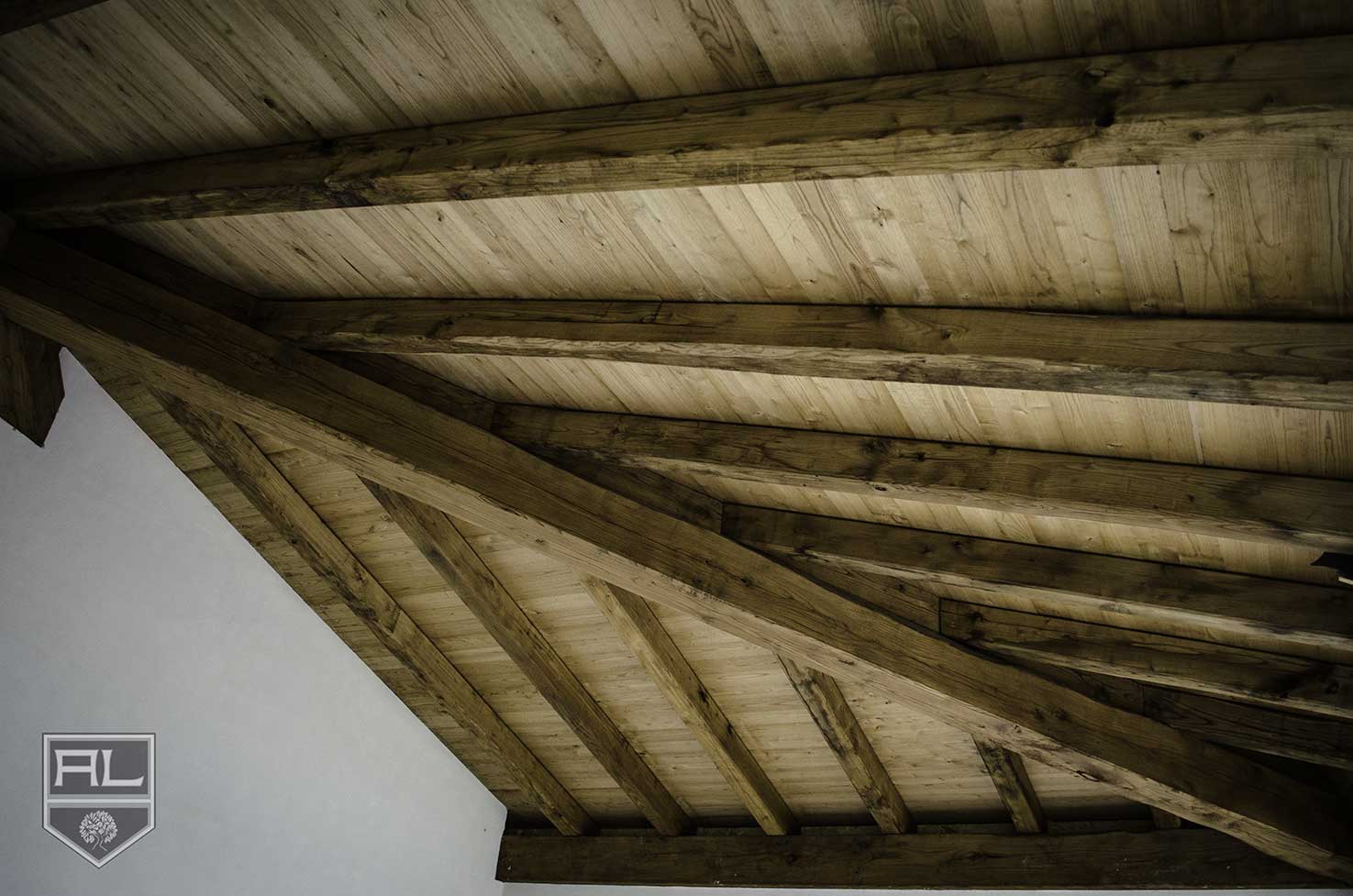





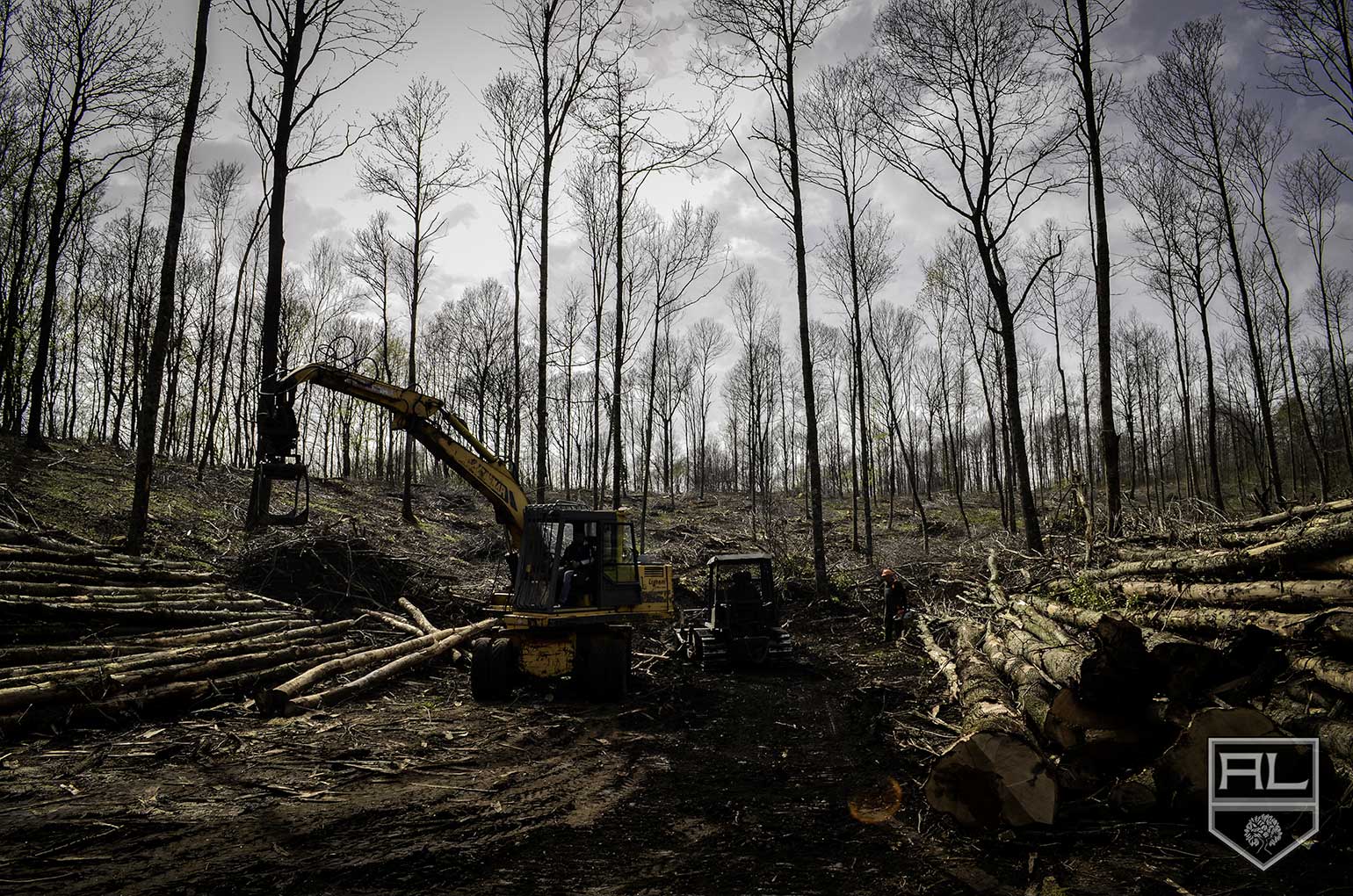


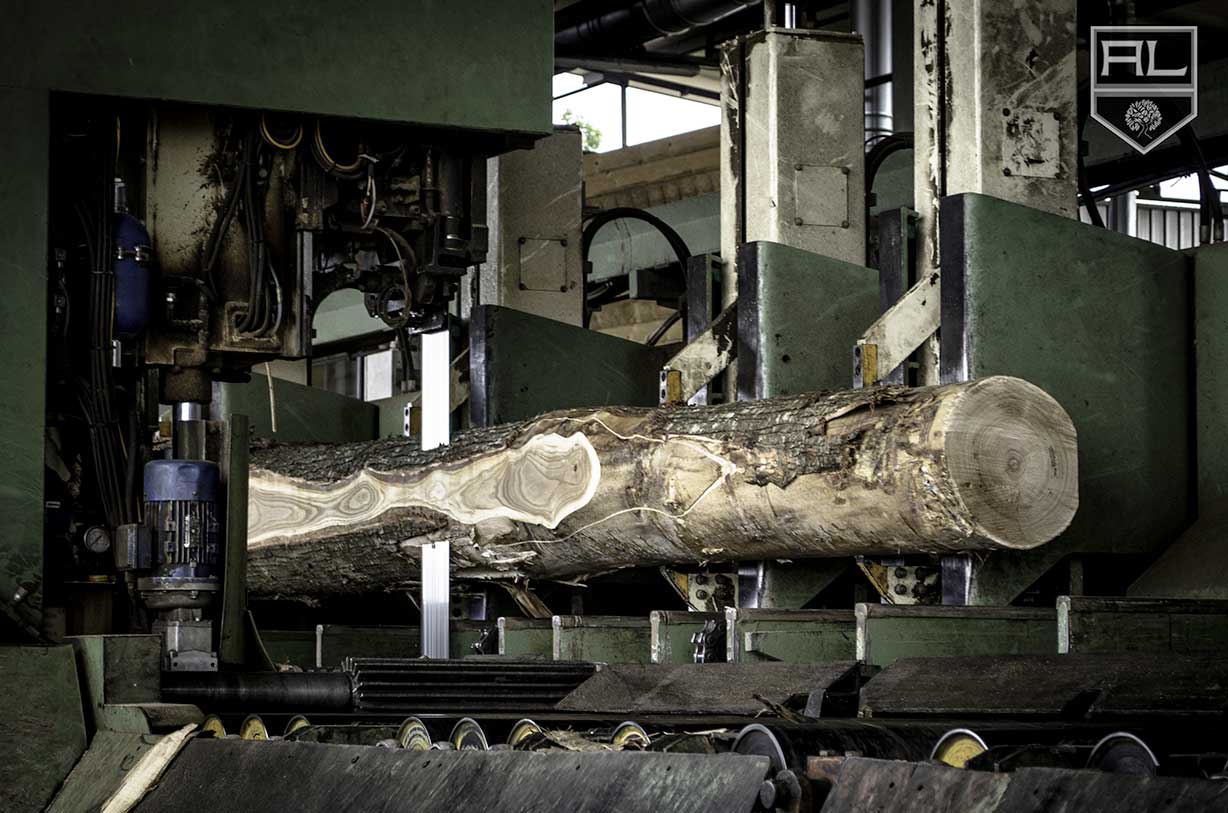

Artena legnami is a wood wholesale located in Artena (Rome), born from the experience of 3 generations, mastering technique and professionalism over the course of about 70 years. Our company constantly searches and selects its sources of supply, with the utmost respect for the environmental balance, to protect the woods. It directly takes care of woods cutting and of all the processing phases, through highly specialized personnel, until obtaining a finished product of the highest quality.